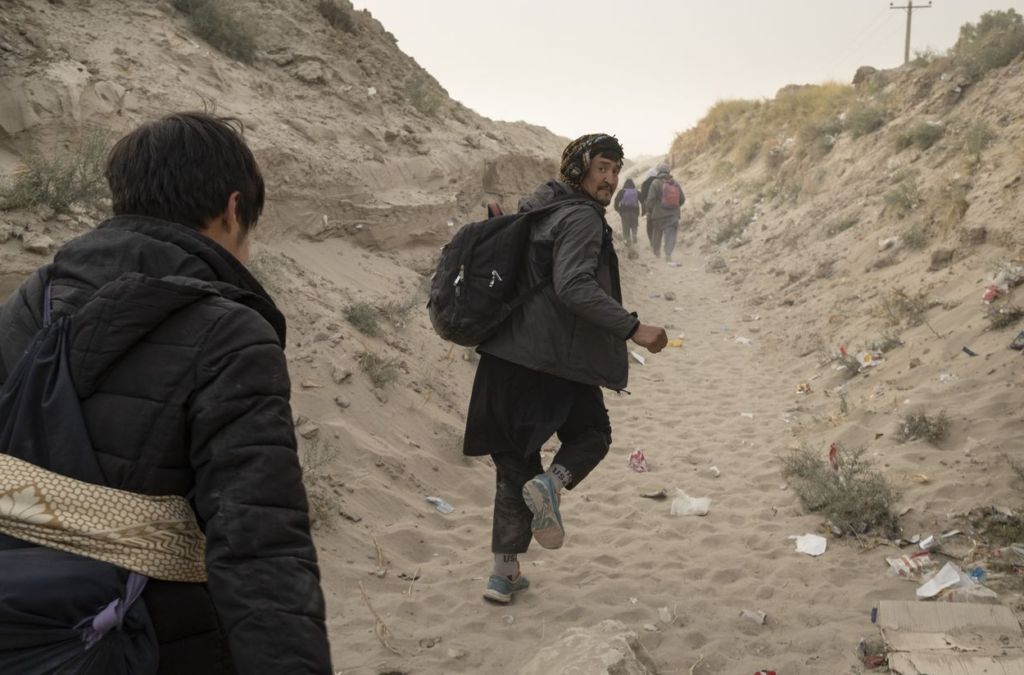December 31, 2021
The Islamic Republic, while boasting of its efforts to support Afghans fleeing the Taliban, is actually pursuing a major campaign of expulsion, pushing up to 4,000 Afghan refugees back across the border every day, according to The Wall Street Journal.

In the 1980s and 1990s, Iran and Pakistan opened their doors to millions of Afghan refugees fleeing Soviet occupation and then civil war and the first Taliban regime. That isn’t the case now, says the Journal.
Since Kabul fell to the Taliban on August 15, Pakistan has sealed its borders nearly shut to refugees. Iran has deported hundreds of thousands of Afghans in recent months, unwilling to consider asylum applications.
“People are simply being dumped on the border” by Iranian authorities, a United Nations official told the Journal. “The percentage of deportations is rising dramatically since the takeover by the Taliban,” the official said.
Between 2,500 and 4,000 Afghans are being deported every day by Iranian authorities and ending up in Zaranj. That is compounding an already-tense situation at the Afghan-Iranian border.
Migrants without passports or Iranian visas usually enter Iran via desert smuggling routes in the province of Nimroz, where the borders of Afghanistan, Iran and Pakistan meet. Returnees on the way back cross the Silk Bridge linking Afghanistan and Iran as they walk alongside fuel trucks and baggage handlers pushing rickety trolleys and wearing scarves and swimming goggles to protect against windblown sand.
From August, when the Taliban swept through Afghanistan in their final blitz offensive, through December 5, nearly half a million Afghans who entered Iran illegally were sent back, according to the UN International Organization for Migration. About 360,000 were deported and 126,000 left voluntarily. UN officials said many of those volunteering likely returned because they feared deportation.
In total, nearly 1.2 million Afghans have returned home from Iran this year, the highest number on record, according to the International Organization for Migration.
Iran’s reluctance to host Afghan refugees is rooted in a deep economic crisis of its own.
“Now that Iran’s economy has been severely damaged by the pandemic, as well as unilateral coercive sanctions, and in recent months has hosted more than 300,000 new Afghan refugees, we are no longer able to host the displaced population,” Iran’s deputy permanent representative to the UN, Zahra Ershadi, said in October.
Iran is also seeking to send a message to Afghans that it won’t allow a repeat of the refugee crisis in 2015-16, when hundreds of thousands of Afghans traveled through Iran to Turkey on their way to Europe, said Fatemeh Aman, a senior fellow with the Washington-based Middle East Institute. “They are concerned that Iran will become a hub for refugees the way Turkey is,” she said.
Iran and Pakistan house about 90 percent of the 2.6 million Afghans registered as refugees world-wide the second-largest refugee population after Syrians, according to the UN’s refugee agency.
